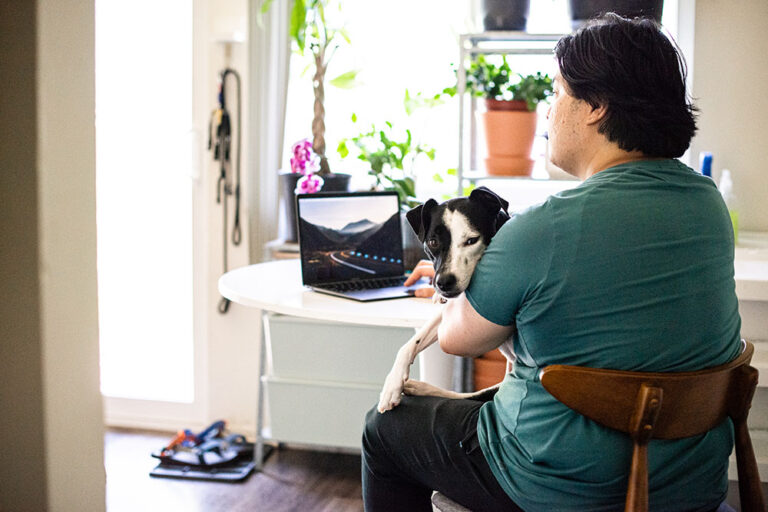The photos you see here, and throughout this piece, are of pets who were surrendered to shelters for euthanasia, but who were instead saved and rehomed, or returned to their original home after receiving care and treatment.
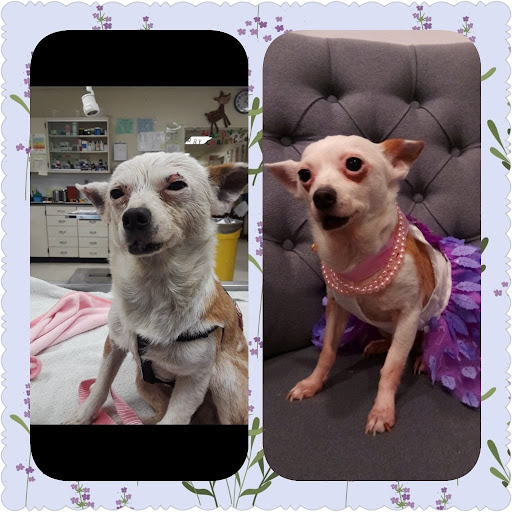
At most public animal shelters, people can bring in animals who are at the end of their natural lives for the explicit purpose of having the animal euthanized. This is an important service because it offers a humane alternative to people who simply cannot afford costly private euthanasia.
Historically, these pets were entered into the shelter software system as “owner requested euthanasias” or OREs, and most were immediately euthanized upon intake.
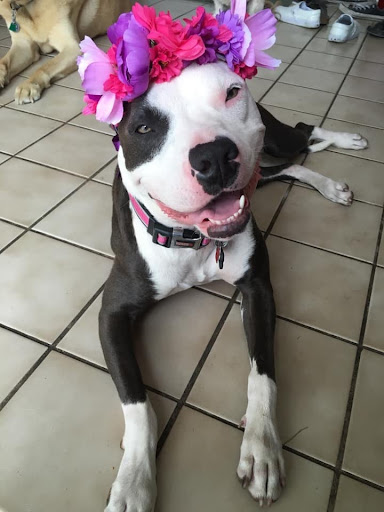
“She’s been my very best friend and travel companion ever since,” says her mom, veterinarian Alexa Hollingsworth. Letty is seven years old now, and “will be eight in July!”
We need to reconsider this practice in favor of evaluating each pet as an individual. We know through practice, data, and anecdotal information that many of the pets who are brought to shelters for owner requested euthanasia can, and do, live happy lives as loved pets in homes, when they are given the chance.
Here’s what we recommend when it comes to owner requested euthanasia:
Utilize the “owner surrender” intake type for every pet, even if they’re being surrendered for end-of-life euthanasia.
This ensures that every pet is counted as in “intake” in your reporting, and no pets are excluded from or left out of your shelter data. If you do want to track owners who specifically requested euthanasia, you can use “owner requested euthanasia” as a subtype so you can track both the total number of intakes and the number of pets brought in for euthanasia.

“The amazing angels at PACC saw that he still had plenty of life to live,” Kim says. “Almost a year later, he is a happy and healthy ball of love who adores snuggles and treats (and occasionally antagonizing his three kitty brothers!!!). He is the sweetest baby ever, and he brings me so much joy. I am so very grateful for each day I get with him.”
Evaluate every pet independently.
Because government animal shelters have historically never offered to treat sick and injured owned pets, the public often believes they have no other option than surrendering for euthanasia.
The Human Animal Support Services model of community-focused animal services provides other options, like access to veterinary care for those who could not otherwise obtain it. We need to ensure that support exists, and is communicated to the public so people know of its availability for them and their pets.
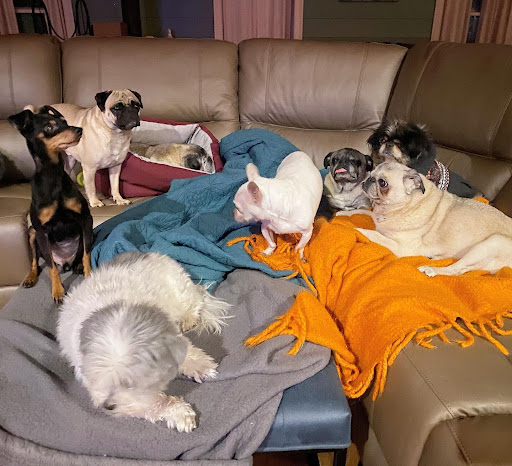
The shelter called Kristen, asking if VPR could take the dog. “I asked if the woman still wanted the dog and they said absolutely,” Kristen says. “So we just paid for the dental and the woman kept her dog.”
This picture is of other dogs who live at VPR. Kristen never got a picture of this dog, because the dog never needed to come into the sanctuary; the dog was at home.
Don’t force people to sign pets with medical or behavioral challenges over for owner requested euthanasia.
This is an old practice that stems from shelters wanting to exclude the pets signed over for euthanasia from their live outcome data. I’m not proud of it, but we used to do this at one of my previous shelters if we thought we may have to euthanize a pet. We would then exclude these pets from our live outcome rate. This made it look like we had a 95% live outcome rate when we really had closer to an 85% live outcome rate.
Ultimately, this eroded our community’s trust in us because they couldn’t believe our data represented the real number of pets who were making it out alive once they entered the shelter.
Tell the public your process.
When people do sign pets over to your shelter, be sure to tell them you will independently evaluate the pet and will save them if your medical team determines a live outcome to be in their best interest. If you’re sitting here saying “but people have a right to make decisions about their pets’ lives,” remember we are providing a public service and are in no way obligated to provide on-demand euthanasia of healthy and treatable pets.
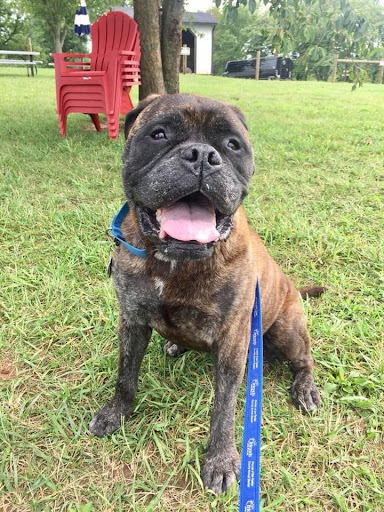
“She could barely walk and was covered in sores. She had cancer,” says Hillary Van Tassel. “We took her as a fospice and she thrived for several months before we had to let her go. She was an amazing dog!”


